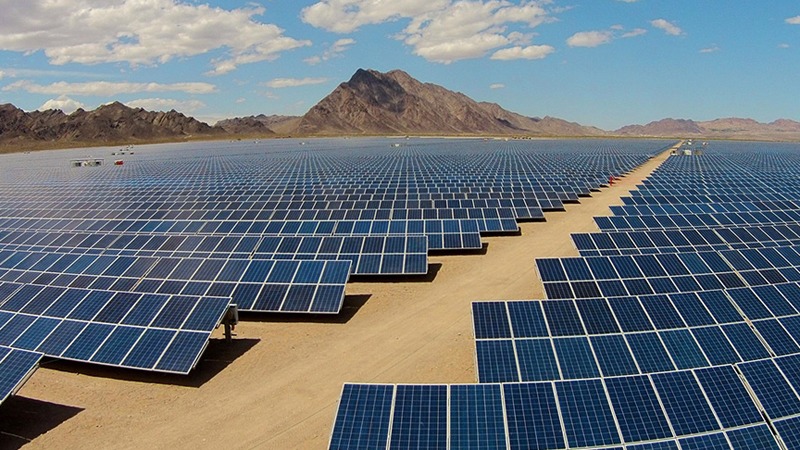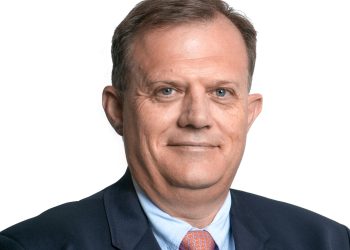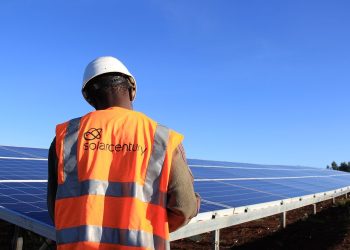
Namibia has the potential to meet all its electricity needs from local sources by 2035, but only if energy development is properly planned and supported by policy reform, a parliamentary committee has heard.
Jean Basson, from the Renewable Energy Industry Association of Namibia (REIAoN), told MPs that Namibia’s current electricity demand of 600 to 700 megawatts is low by international standards and could be met by five to ten large-scale renewable projects over the next decade.
“I want to make a bold statement today: Namibia has the capacity to achieve full energy self-sufficiency by 2035. It’s an ambitious goal but one I firmly believe is within our reach,” Basson said.
He said the government must put in place a national energy master plan to coordinate where and how energy is generated, transmitted and accessed.
Basson criticised the modified single buyer model, which limits independent power producers to supplying just 30% of a client’s energy needs. He said this policy was holding back larger, more viable projects and needed urgent review.
“These efforts should not fall solely on NamPower or the ECB,” he said. “We must leverage the private sector and reform limiting regulations like the Modified Single Buyer model.”
Basson said energy projects should be built where power is needed, not just where profits are highest. He said placing renewable plants near underserved communities would create jobs and improve rural electrification.
He also stressed the importance of grid stability and called for investment in battery storage, pointing to the newly commissioned Anixas Bay plant as an example.
Basson urged government to avoid selling land to foreign or private developers, suggesting lease agreements instead to keep land ownership in Namibian hands.
“We must ensure these projects benefit all Namibians, especially rural communities, by locating infrastructure where it’s needed and involving local people in their construction,” he said.







